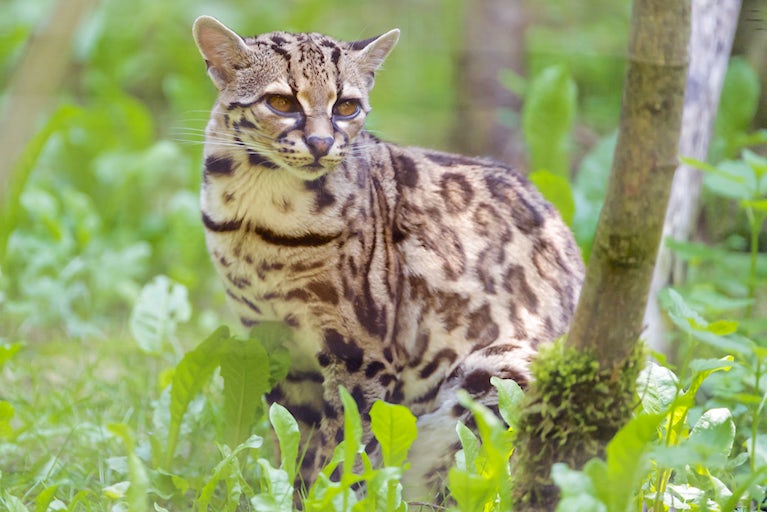As one of the most ecologically diverse countries on the planet, Guatemala is home to some amazing animals. Some you’ve probably heard of. Others? Maybe not. Let’s take a minute to meet a few of the many spectacular creatures living in the Central American country’s rainforests.


